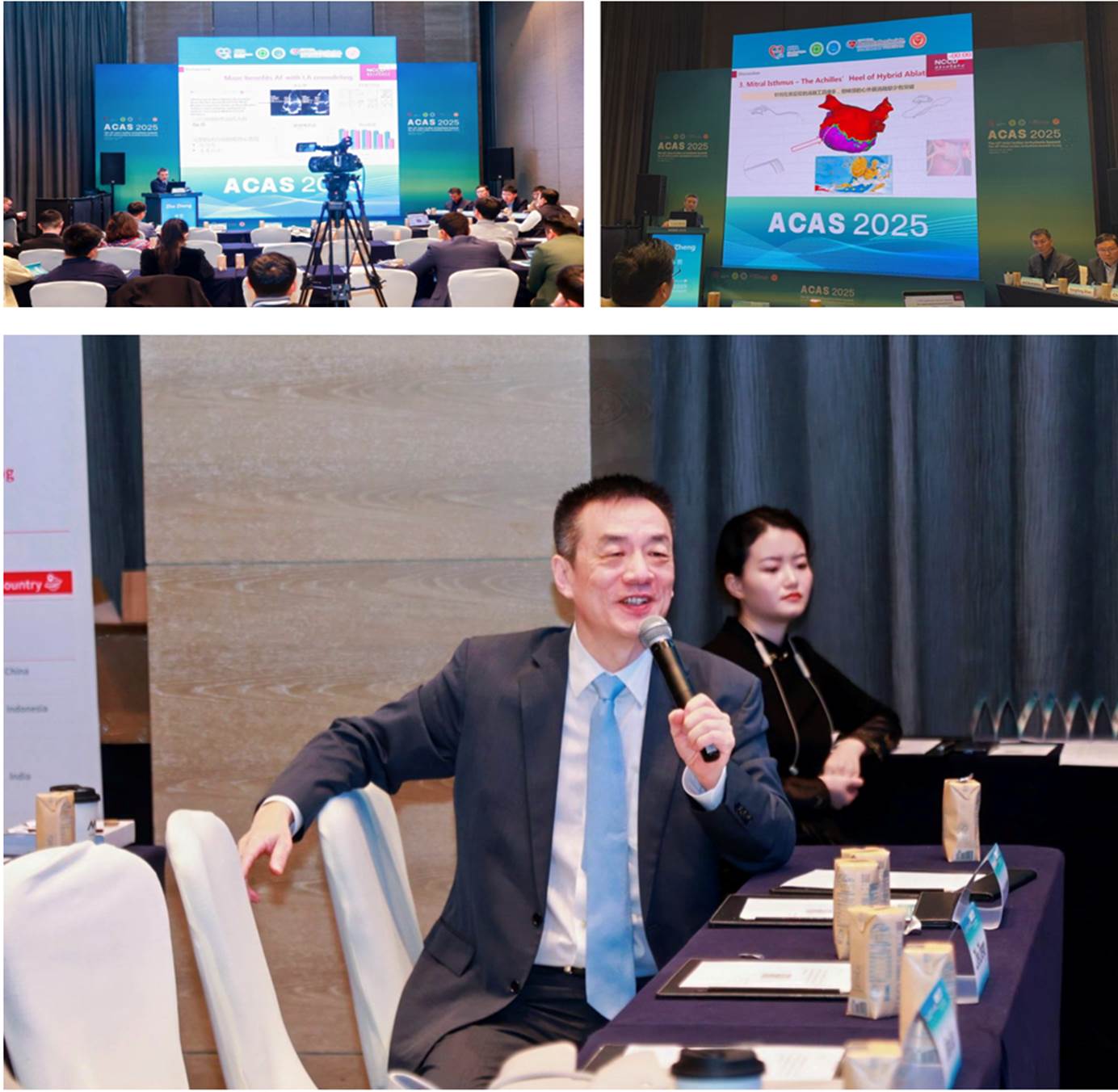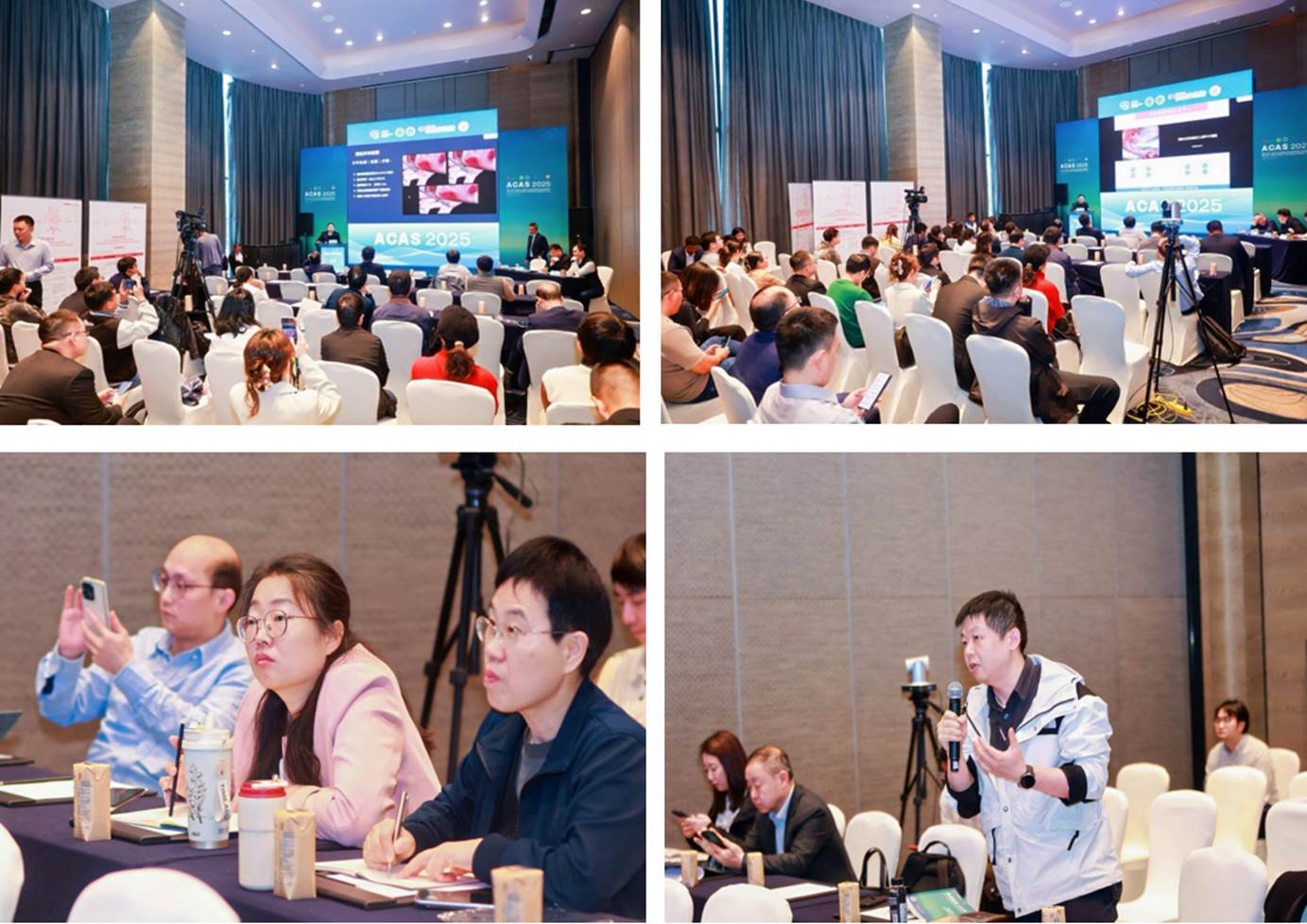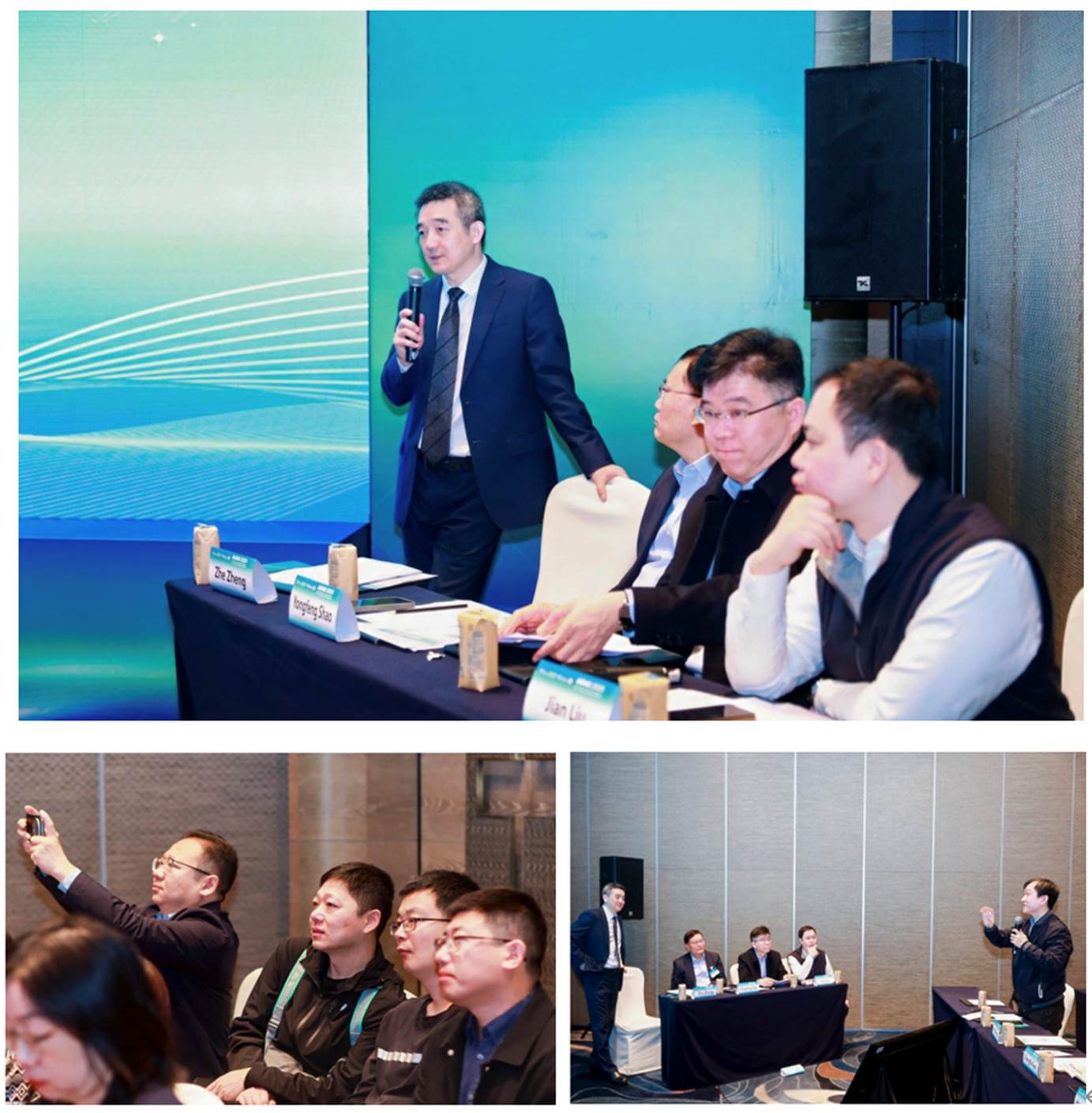Feb 21, 2025
-
Mar 23, 2025
shenzhen
The 10th Asian Conference on Arrhythmia Surgery (ACAS 2025) & 16th China Cardiac Arrhythmia Summit (CCAS 2025) – Surgical Treatment of Arrhythmias Forum was successfully held on February 22, 2025, in Shenzhen. One of the key new topics in this year’s conference was the surgical treatment of atrial fibrillation.
Renowned international and domestic experts from both surgical and electrophysiological specialties engaged in in-depth discussions on this subject. The forum covered a range of topics, including the lesion sets and efficacy of the classic Cox-Maze procedure, the corresponding surgical anatomy, and the outcomes and strategies of hybrid ablation combining surgical and catheter-based approaches.
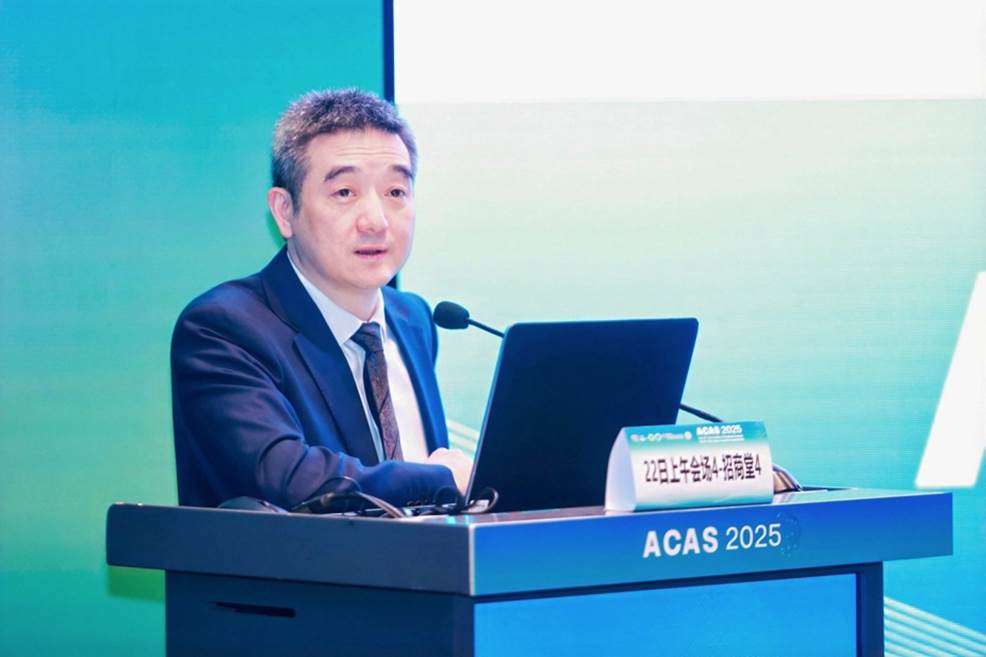
Professor Zhe Zheng from Fuwai Hospital, Chinese Academy of Medical Sciences delivered the opening remarks for the forum, extending a warm welcome and gratitude to the many cardiac surgeons and electrophysiologists in attendance.

As one of the leading surgeons in China who has consistently practiced the classic Cox-Maze procedure, Professor Huishan Wang from the Northern Theater Command General Hospital shared insights on its treatment strategies and outcomes for persistent and long-standing persistent atrial fibrillation.
His presentation covered several key aspects, including modifications to the classic Maze procedure using non-cryoablation devices, the application of Maze combined with concomitant LA volume reduction in patients with severely enlarged atria, and a novel PET/MRI-based approach to assessing LA fibrosis. His refinements to the Maze procedure and his summary of a new staging system for AF sparked great interest among electrophysiologists in the audience.

Next, Professor Zhe Zheng delivered a presentation titled “Single vs. Biatrial Ablation – Considerations in Maze Procedure Lesion Set Selection”, focusing on concomitant radiofrequency ablation for atrial fibrillation in patients undergoing valve surgery. Starting from the perspective that a complete and transmural Maze lesion set reduces AF recurrence and rehospitalization, he explored the anatomical key points and clinical significance of a fully executed Maze procedure. He also introduced the ABLATION study, which compares single-atrial vs. biatrial Maze procedures, discussing its design and preliminary findings. The study is currently in the follow-up phase, and its results are expected to provide insights into whether biatrial ablation increases the need for pacemaker implantation, a key clinical concern.
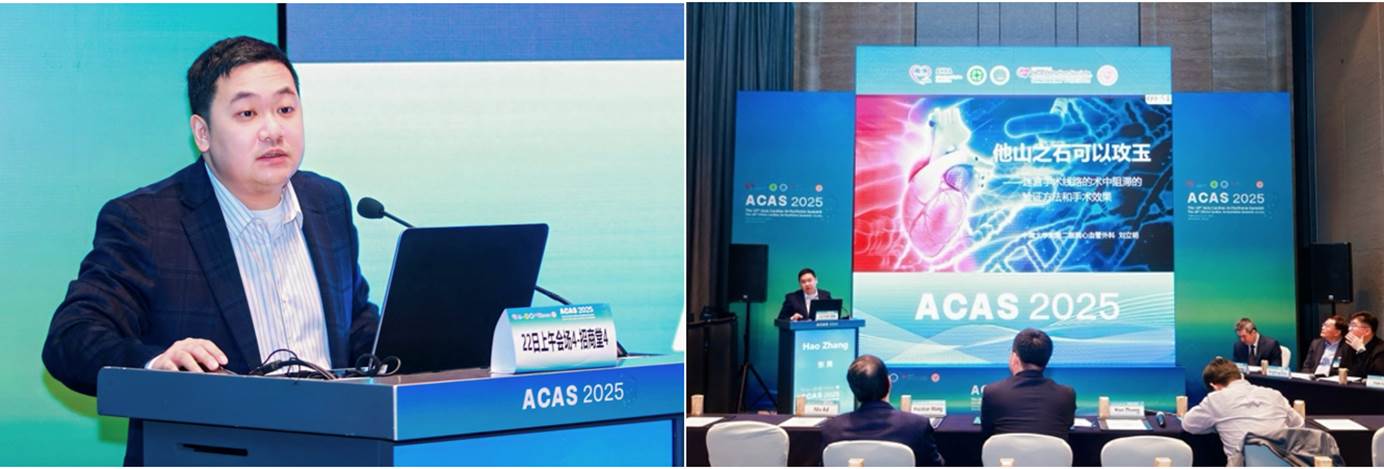
Similarly focusing on open-chest Cox-Maze surgery, Professor Hao Zhang from Xiangya Second Hospital, Central South University, representing Dr. Liming Liu, shared a unique perspective on intraoperative validation of ablation lines using radiofrequency ablation probes and coronary sinus electrodes.
The transition from Maze III to Maze IV has reduced operative time and bleeding-related complications, but the introduction of various energy sources has raised concerns about lesion transmurality. The Xiangya Second Hospital team has integrated electrophysiology tools for intraoperative pacing to verify conduction block, exemplifying a novel collaboration between cardiac surgeons and electrophysiologists. This cross-disciplinary approach provides valuable insights and new techniques for surgeons to enhance lesion validation during ablation procedures.
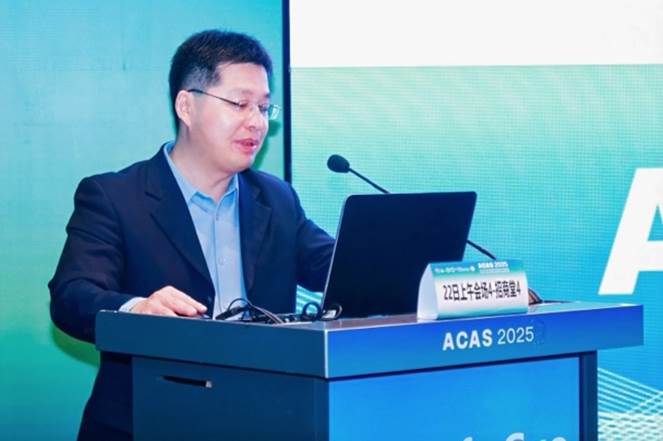
Next, Professor Changfa Guo from Zhongshan Hospital, Fudan University, shared insights on minimally invasive biatrial mini-Maze surgery. Over the past three years, their center has performed more than 100 such procedures annually, accumulating significant surgical experience. This approach avoids median sternotomy and cardiopulmonary bypass, achieving the core lesion set of the Maze procedure through a minimally invasive technique on a beating heart. By adding a Dallas line on the left atrial anterior wall and a right atrial appendage-to-tricuspid annulus connecting line, they successfully performed the procedure with small incisions. Among 102 patients with long-standing persistent AF (mean LAD: 45.7 mm), the 1-year success rate reached 94.8%.

Professor Yongfeng Shao from Jiangsu Provincial People’s Hospital shared insights on minimally invasive surgical treatment for isolated atrial fibrillation (AF). Their center has performed over 290 cases of thoracoscopic AF ablation, accumulating extensive experience. Professor Shao highlighted that with advancements in technology and surgical instruments, durable left atrial posterior wall isolation and left atrial appendage (LAA) exclusion via excision or clipping have become more efficient and convenient during thoracoscopic procedures. Additionally, he presented their latest research findings, demonstrating that compared to medication alone, thoracoscopic AF ablation can delay the progression from paroxysmal to persistent AF, offering significant clinical benefits.

The second half of the conference focused on the multidisciplinary collaboration between cardiac surgeons and electrophysiologists, featuring the Hybrid Ablation Forum. Professor Zhe Zheng shared Fuwai Hospital’s experience in hybrid ablation with enhanced isthmus-targeted maze-like lesion sets, a collaboration with Professor Yan Yao. In a cohort of AF patients with a preoperative LA volume index >50 mL/m², hybrid ablation was performed with LA posterior wall isolation as the foundation, incorporating additional lesions targeting the free wall isthmus, anterior wall, septal isthmus, and tricuspid isthmus. Findings showed that as long as transmurality was achieved, the 1-year success rate remained as high as 85%. This reinforces the notion that for patients with severe structural and electrical remodeling, the Maze lesion set remains the optimal strategy, even in minimally invasive settings. Moving forward, improving lesion transmurality remains a key challenge that requires continued collaboration between surgeons and electrophysiologists.

Professor Jian Liu from Guangdong Provincial People’s Hospital shared insights on staged hybrid ablation, a collaborative experience with Professor Yumei Xue. His presentation focused on the necessity and optimal timing for repeat ablation in different patient groups, as well as single-center strategies to improve the success rate of epicardial left atrial posterior wall isolation.


Professor Yan Yao from Fuwai Hospital shared preliminary findings on the application of circular pulsed field ablation (PFA) in hybrid ablation. For patients with severe structural and electrical remodeling, a domestically developed PFA system with 3D mapping capabilities demonstrated promising outcomes in hybrid procedures. Beyond achieving a higher conversion to sinus rhythm, the enhanced mapping functions allowed electrophysiologists to perform comprehensive 3D modeling, drag mapping, and pacing validation intraoperatively. Additionally, since most ablation lines were already completed epicardially, the number of PFA discharges within the left atrium was significantly reduced, minimizing blood damage while ensuring the completion of the Maze lesion set.

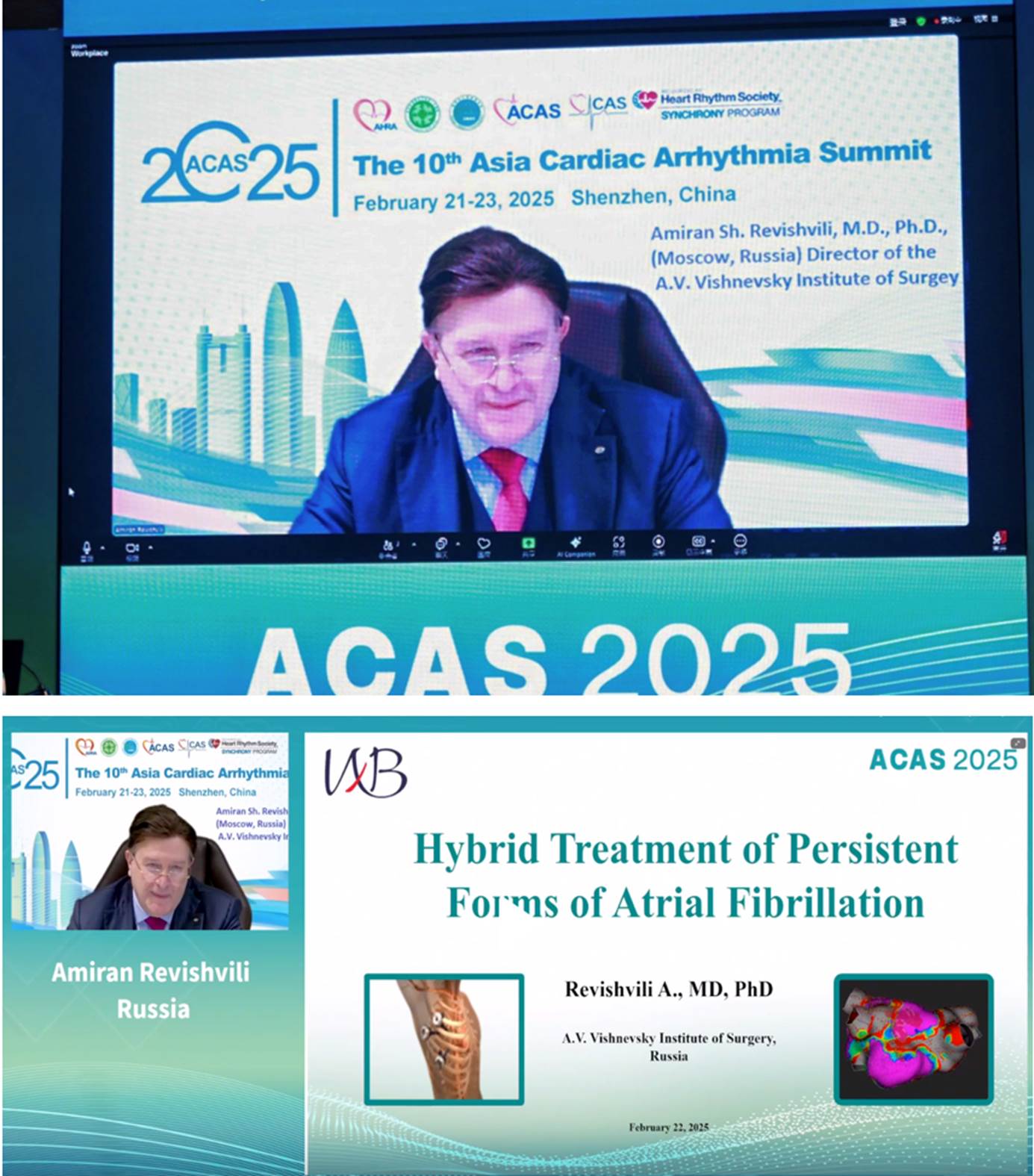
Also in attendance were Professor Revishvili, President of the Russian Heart Rhythm Association, and Professor Nuralinov from Kazakhstan. They jointly shared insights on the current state of catheter ablation and hybrid ablation at their respective centers and expressed high expectations for the future advancements in hybrid ablation in the modern era.
With the accelerating aging population, the prevalence of atrial fibrillation (AF) continues to rise. Following the results of the EAST-AFNET 4 trial, the benefits of early rhythm control in AF have been elevated from merely symptom relief to a significant reduction in cardiovascular-related mortality, stroke, and rehospitalization, further emphasizing the importance of early AF screening and rhythm control.
For refractory AF, hybrid ablation is destined to become a more rational and effective treatment approach, which was precisely the motivation behind Professor Yan Yao, the conference chair, in establishing the Surgical Forum.
This first-ever Surgical Forum at ACAS garnered significant attention, attracting many electrophysiologists who actively participated in discussions and raised insightful questions. The forum and the broader conference aim to further promote collaboration between cardiac surgeons and electrophysiologists, fostering multidisciplinary approaches to AF management. By strengthening interdisciplinary cooperation, we hope to bridge specialties and improve treatment outcomes for AF patients worldwide.
